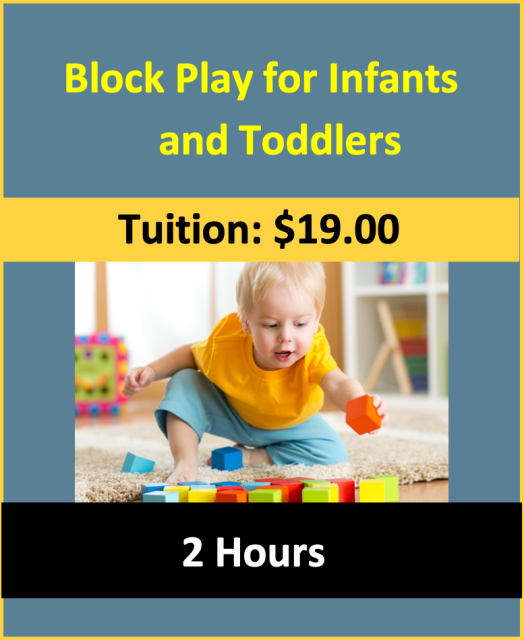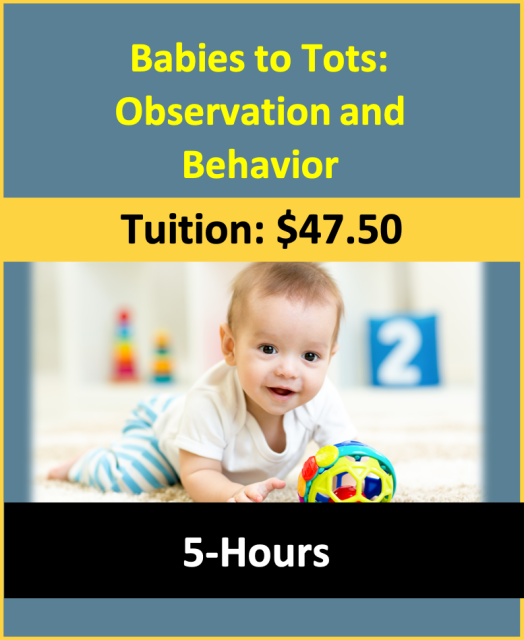Granular Convection
Lesson Plan:
|
Activity:
Granular Convection
Lesson plan developed by Aurora Tollestrup, BS Ed
Age Group:
* Lesson plan objective and assessment can be adapted to use this activity with preschoolers.
Objectives:
Children will:
|
|
Click on the photos to enlarge.
|
II.5.1a
Materials:
|
Procedure:
- Mix equal parts dry rice and beans in a bowl and pour into the bottle or jar securing the lid.
- Hand the jar to the toddler and encourage them to shake the jar gently.
- Eventually the smaller and lighter particles (rice) will move to the bottom while the larger and heavier particles (beans) move to the top.
- This is called granular convection also known as the Brazil Nut Effect.
Assessment:
- Note any reactions or questions that the children have while observing and participating in the activity.
Note: Please provide appropriate supervision to the children in your care when completing all activities. You will need to decide what types of activities are safe for the children in your care. Appropriate and reasonable caution should be used when providing art and sensory experiences for children. Toddlers require special caution, only use non-toxic materials, and do not allow toddlers to put things in their mouths that are a choking hazard.
Click on the course icon for enrollment information.
Science in Real Life
|
The acquisition of this knowledge doesn’t stop at the classroom door, though. Science is everywhere and happening all around us. The scientific process may be the “how” of life, but the knowledge gained from that process is the substance, and just as important.
Infants are exploring people, places, events, objects, and relationships even from an early age. In the first few weeks of life an infant learns feeding patterns and habits as they settle into a routine. They know to latch onto a bottle or breast in order to feed, and they begin to learn about their primary caregivers and how to identify them. The world is a new place for them to explore literally from the first moment of life. Mobile infants begin to experiment with spatial awareness and objects. They may find motivation to crawl in the desire to get to a toy or loved one. They silently and casually experience the scientific method as they go through the steps of exploring their options in these situations. Toddlers are given the opportunity to test out more complex matters as they explore the world around them. They notice new concepts and investigate them to build a body of knowledge about the world around them. A caregiver may explain the change and encourage the toddler to find a leaf and further investigate it. This is scientific discovery in action and should be supported and encouraged by caregivers, teachers, and parents. |







